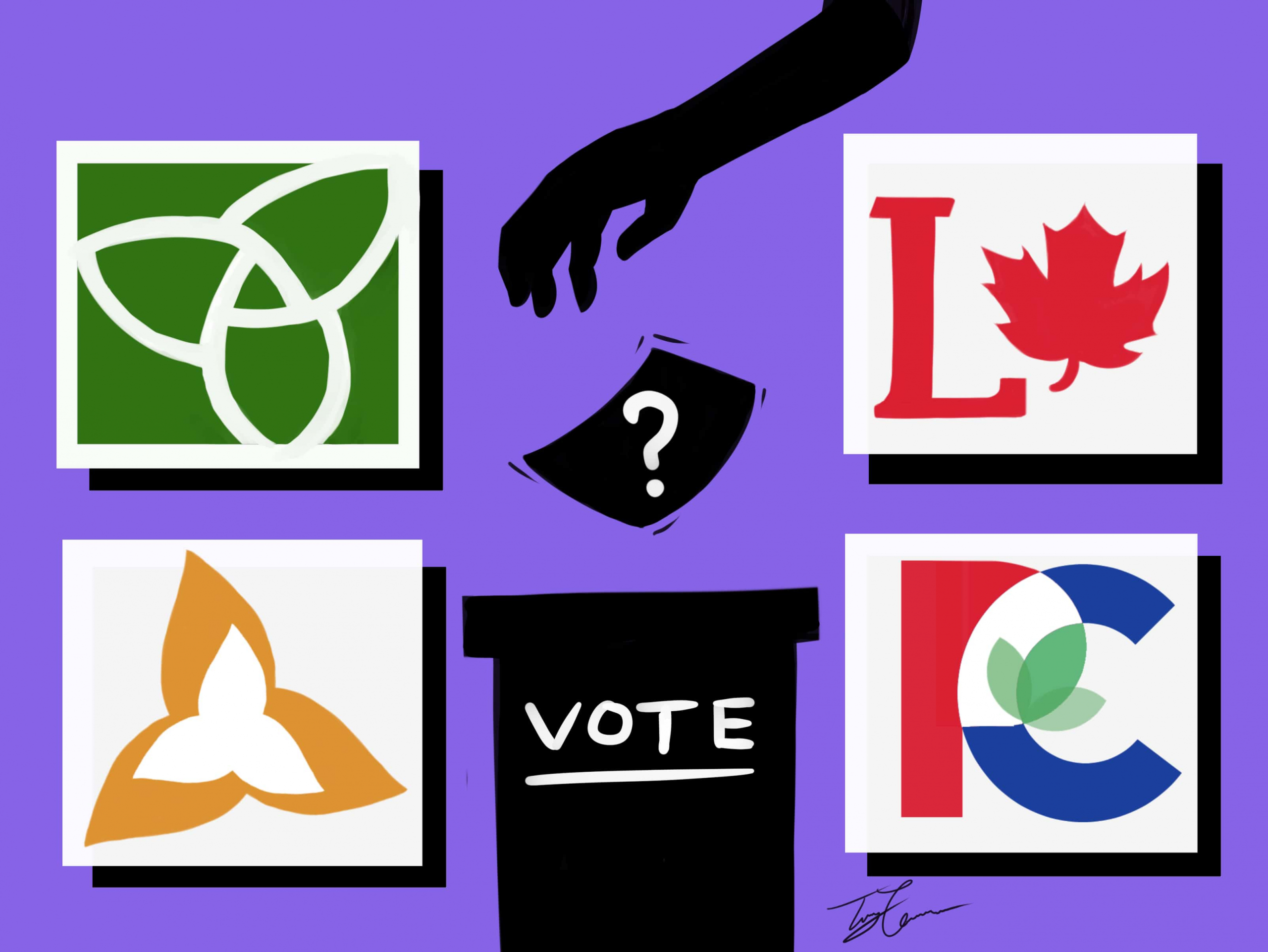A university student’s guide to the 2018 Ontario election
As Ontarians head to the polls, four major political parties vie for their votes: the Liberal Party, the New Democratic Party (NDP), the Progressive Conservative Party (PC), and the Green Party. The Varsity has looked through each party’s platform to see how they plan to address issues that affect students, from tuition to jobs to transit and more.
Voters choose one candidate from their riding to send to the Legislature as an MPP. The party that wins the most seats forms the Provincial Government. Incumbent Liberal Premier Kathleen Wynne is competing with PC Party Leader Doug Ford, NDP Leader Andrea Horwath, and Green Party Leader Mike Schreiner for the position of Premier, which leads the majority party and represents the Head of Provincial Government.
Tuition
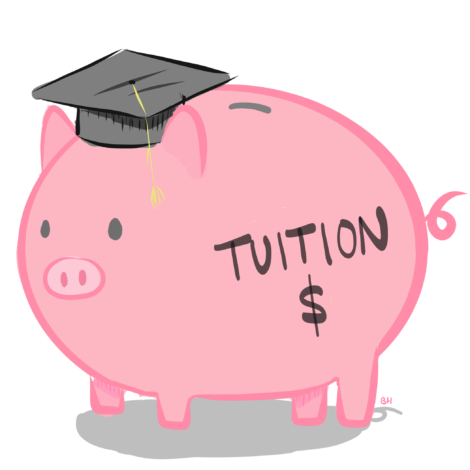
BELINDA HOANG/THE VARSITY
While Schreiner and the Green Party do not specify a plan to address rising tuition fees and student loan debt, they do advocate for the Basic Income Guarantee (BIG). If elected, Green MPPs would call for a $3.4 billion increase to the 2018–2019 budget for social assistance, and invest $6.4 billion per year by 2021–2022 to provide all Ontarians with the BIG that matches the low income cut-off.
In the 2017–2018 academic year, Wynne’s Liberal government increased the number of Ontario Student Assistance Program (OSAP) grants by 235,000, bringing the total number of supported students with financial need to 435,000. The 2018 Ontario Budget draft aims to further expand OSAP loans and grants by increasing financial aid and assistance to more middle-income families to decrease the amount parents and guardians are expected to contribute.
Horwath and the NDP have pledged to replace loans with non-repayable grants for new post-secondary students eligible for OSAP. The NDP would also cancel interest on provincial student loans held by current or past students who still hold provincial loans.
Ford and the PC Party have not revealed any plans concerning tuition costs but have stated that they would mandate that universities uphold free speech on campus and in classrooms. Ford has stated on the campaign trail that his party will “ensure publicly funded universities defend free speech for everybody.”
Health care and dental care
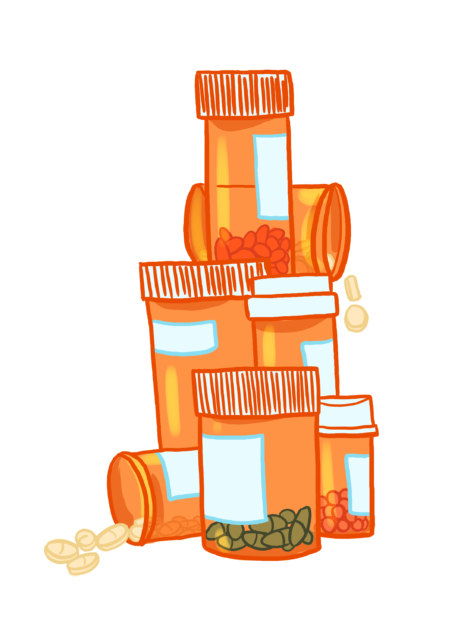
FIONA TUNG/THE VARSITY
The Green Party platform pushes for a $4.1 billion increase in funding for mental health care over four years, ultimately including mental health services in the Ontario Health Insurance Plan+. According to its website, the party supports increased funding for culturally-sensitive mental health services.
After passing a policy introducing publicly-funded pharmacare — also known as prescription drug care — for health care recipients under 25, the Liberal platform states that, in addition to an $822 million investment in hospital care and infrastructure, it will also allocate funds to support and hire long-term care nurses. The budget also includes $2.1 billion to reform Ontario’s mental health system and infrastructure, and cover 80 per cent of specific drug and dental costs.
Horwath and the NDP have pledged to introduce dental care for all, bring in universal pharmacare for 125 commonly prescribed drugs, and provide complete coverage for self-administered cancer drugs and transition drugs. The NDP plans to meet growing hospital capacity needs by adding 2,000 hospital beds and investing at least $19 billion over 10 years in hospital capital expansion. In addition to preventing further layoffs of nurses and frontline health care workers, it would hire 4,500 new nurses, increase hospital funding, and ensure that there is an adequate number of hospital staff. This would allow hospitals to remove arbitrary caps on the number of surgeries, lead to fewer surgery cancellations, cut wait times, and end hallway medicine. The NDP will also establish a new Ministry of Mental Health and Addictions and hire 2,200 new mental health care workers.
The PC Party promises to spend $1.9 billion over the next decade on mental health and addiction support. Ford has also called for an end to hallway medicine and has pledged to add 15,000 new long-term care beds over the next five years, and 30,000 new beds over the next 10 years. A PC government would also invest $98 million a year to provide dental care to low-income seniors. Ford has also voiced opposition to safe-injection sites in Ontario.
Jobs
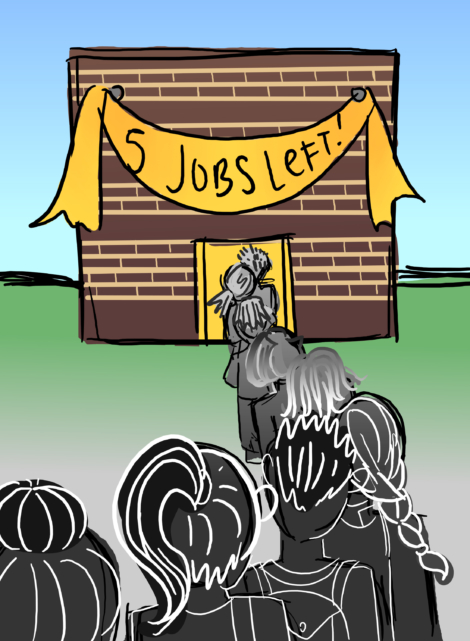
FIONA TUNG/THE VARSITY
The Green Party wants to relieve the financial stress on employers to ensure better wages for employees. The party would increase the Employer Health Tax exemption from $450,000 to $1 million in payroll. To reduce the precarity many face in the workforce, the Greens argue that their BIG plan provides a social safety net to all Ontarians.
The Liberal government pledges to continue its current policies in its platform. Following the 2018 minimum wage hike to $14 an hour, as well as the planned investment of $124 million to develop youth employment, the Liberals would increase minimum wage to $15 an hour on January 1, 2019 and leave the corporate tax rate unchanged.
The NDP has pledged to create 27,000 new work-integrated-learning opportunities, such as paid co-ops, apprenticeships, and internships that allow students to graduate with real-life work experience while pursuing their post-secondary education. The NDP would also increase the minimum wage to $15 before indexing it to inflation.
According to the PC platform, its government would make Ontario “open for business” by focusing on policies that make it easier to start, grow, and invest in businesses. This would involve stabilizing hydro rates, cutting corporate income tax from 11.5 per cent to 10.5 per cent, and eliminating “stifling” regulations to spur job growth.
Affordable Housing
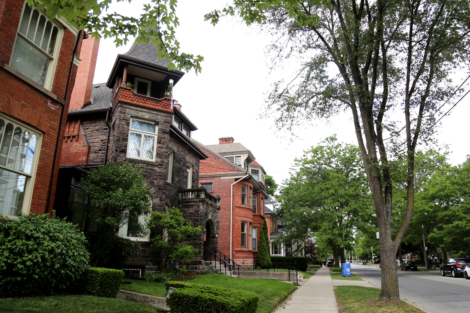
SHANNA HUNTER/THE VARSITY
The Green Party would require 20 per cent of all new developments to be affordable housing. It would also increase the budget for shelters, social, co-op, and supportive housing by $200 million.
In the 2018 Ontario Budget, the Liberal government laid out plans to maintain provincial investments of more than $1 billion each year in affordable housing to target “four priority areas: youth, Indigenous peoples, chronic homelessness, and those who are homeless following transitions from provincially funded institutions and services.” This includes $3 million to develop a fund to encourage new cooperative housing.
The NDP has pledged to add 65,000 new affordable housing units over 10 years. It would also increase the percentage of affordable homes required and bring rental properties under regulation by overhauling the government’s inclusionary zoning regulations to ensure that it accomplishes what it set out to do. Horwath’s party has also pledged to introduce legislation to make rentals more affordable, apply a Non-Resident Housing Speculation Tax, and fund Ontario’s one-third share for social housing repair costs.
Although few specifics have been made available, Ford has said that he would preserve rent control for existing tenants across Ontario and increase the supply of affordable housing in the GTA while protecting the Greenbelt.
Transit
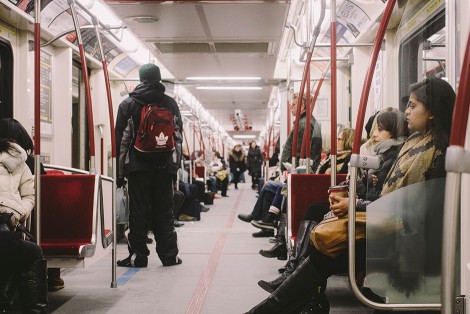
MALLIKA MAKKAR/THE VARSITY
The Green Party has pledged to implement a $1 billion to $1.5 billion per year increase for transit funding. It wants the province to fund 50 per cent of the operating costs of municipal transit systems. Green MPPs would also push for a $2.17 billion increase over four years for the long-term development of municipal walking and cycling infrastructure.
In their platform, the Liberals have promised to invest $79 billion into various transit projects, including $11 billion to develop the groundwork for a high-speed rail between Toronto and Windsor. The remaining $68 billion would go toward integrating municipal services to allow for broader regional infrastructure.
The NDP has pledged to fund 50 per cent of municipal transit operating costs, build Hamilton’s Light Rail Transit and the Downtown Relief Line in Toronto, and implement two-way all-day GO rail service between Kitchener-Waterloo and Toronto and year-round GO rail service between Toronto and Niagara.
The PCs would commit $5 billion more in funding for subways, relief lines, and a two-way GO Transit service to Niagara Falls. They would also take the proposed $1.3 billion Hamilton LRT Project to a vote.
Changes in taxation
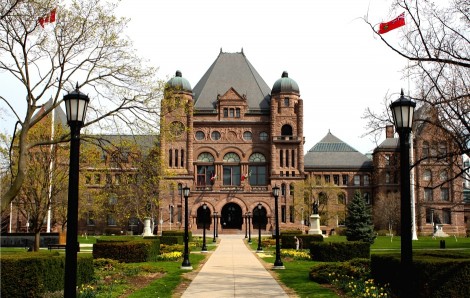
Queen’s Park, home of the Legislative Assembly of Ontario. HELENA NAJM/THE VARSITY
The Green Party has proposed numerous methods to increase funding. This includes implementing a 0.5 per cent increase on taxes for the largest corporations, and taxing the top one per cent of income earners by one per cent more. The party would also introduce a housing speculation tax.
On top of preserving the 11.5 per cent corporate tax rate, the Liberal Party plans to maintain the tax rate for approximately 8.6 million people. Readjusted tax brackets would see 1.8 million people paying about $200 more and about 680,000 people paying $130 less. In addition, in line with gradual increases over the past two years, the Liberals propose another $4 per carton increase in cigarette taxation in 2019.
The NDP has pledged to return the corporate tax rate to 13 per cent, while maintaining the one per cent reduction for small businesses. The NDP will raise income taxes for Ontarians earning over $220,000 by one percentage point, and for those earning over $300,000 by two percentage points. In addition, the NDP will introduce a three per cent luxury tax for vehicles over $90,000.
Ford has vowed to lower the corporate tax rate to 10.5 per cent and to reduce the rate for the provincial middle-class tax bracket by 20 per cent. He has also stated that a PC government would eliminate income tax for workers earning minimum wage — anyone making less than $28,000 a year — while also freezing the minimum wage at $14.
Election day in Ontario is June 7.

